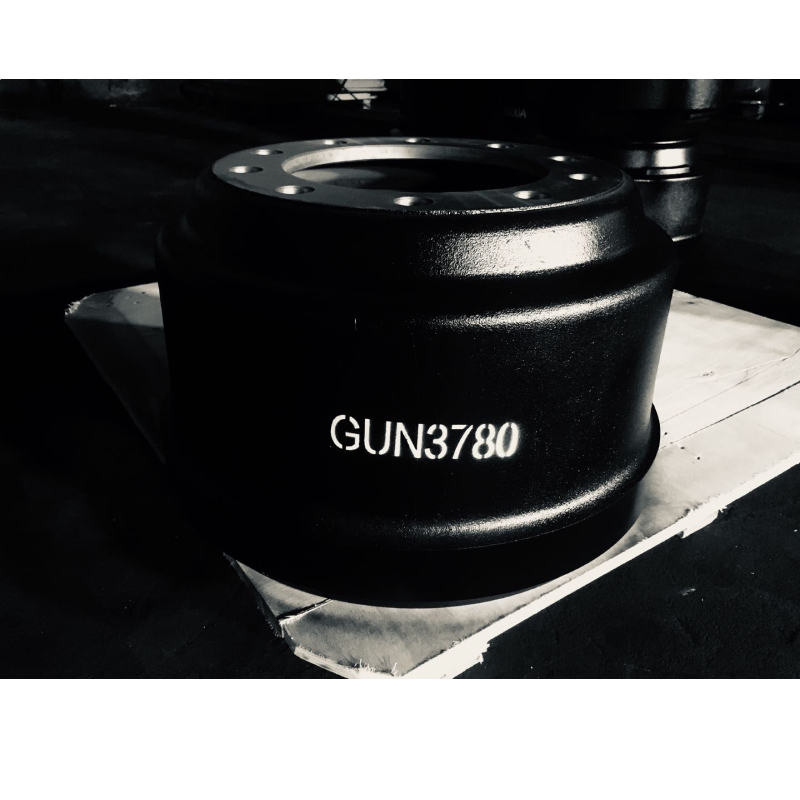Nov . 14, 2024 23:22 Back to list
converting brake drums to discs
Converting Brake Drums to Discs A Comprehensive Guide
Brake systems are a critical component of automotive safety, and their design has evolved over decades to meet the demands of modern vehicles. Traditionally, many cars were equipped with drum brakes, particularly on the rear wheels, due to their cost-effectiveness and adequate performance for lighter vehicles. However, as performance expectations have risen, many enthusiasts and mechanics are considering converting brake drums to disc brakes. This article delves into the reasons behind this transition, the benefits of disc brakes, and a basic overview of the conversion process.
Understanding Brake Types
Before diving into the conversion, it's essential to understand the differences between drum and disc brake systems. Drum brakes consist of a drum that rotates with the wheel and brake shoes, which press against the inner surface of the drum to create friction. Conversely, disc brakes use a rotor that spins with the wheel, along with calipers and pads that squeeze the rotor to slow down the vehicle.
Disc brakes are often favored for their superior heat dissipation, which reduces brake fade during heavy use, a common issue with drum brakes. Additionally, disc brakes provide better stopping power and more consistent performance across various conditions, making them the preferred choice for high-performance vehicles.
Benefits of Converting to Disc Brakes
1. Improved Performance Disc brakes offer better initial bite and stopping power compared to drum brakes. This improved performance is particularly noticeable under heavy braking or in high-stress situations, such as towing or driving in hilly terrains.
2. Heat Dissipation Discs are more effective at dispersing heat, which significantly reduces the risk of brake fade—a phenomenon where the brakes lose effectiveness due to overheating. This makes disc brakes more reliable during prolonged braking.
3. Maintenance and Durability Disc brakes are generally easier to inspect and maintain than drum brakes. The exposed nature of disc brakes allows for easier access to components, reducing maintenance time and costs.
4. Enhanced Safety With better stopping power and heat management, vehicles with disc brakes can provide an added layer of safety, especially in emergency situations.
converting brake drums to discs

The Conversion Process
Converting from drum brakes to disc brakes involves several steps. Here’s a simplified overview of the key stages
1. Research Before beginning the conversion, it’s crucial to research which disc brake system is compatible with your vehicle. Various aftermarket kits are available, tailored to different models and applications.
2. Gathering Parts Acquire all necessary components for the conversion. This generally includes disc rotors, calipers, brake pads, and any required adapters or mounting hardware.
3. Removal of Drum Brakes Safely lift the vehicle and remove the wheels. Detach the drum brake assemblies, which may involve removing the wheel cylinders, springs, and brake shoes.
4. Installing Disc Brakes Install the new disc brake rotors onto the hub. Secure the calipers and attach brake lines. Ensure that all components are fastened securely and that there are no leaks in the brake lines.
5. Bleeding the Brakes Once everything is in place, it’s essential to bleed the brake system to remove any air pockets, which can compromise braking performance. This step is critical for ensuring optimal function.
6. Testing After installation, conduct thorough testing. Start by checking the braking response at low speeds before moving to higher speeds.
Conclusion
Converting from brake drums to disc brakes can be a worthwhile investment for those seeking enhanced braking performance, safety, and reliability. While the process may seem daunting, with the right research and tools, it can be a rewarding endeavor that greatly improves your vehicle’s performance. Remember, safety should always be the primary concern, so if you are unsure about any steps in the conversion process, consider consulting with a professional mechanic.
-
Your Brake Drum Man: Quality & Performance Parts
NewsAug.21,2025
-
Explore Japan: Ultimate Travel Guide & Authentic Experiences
NewsAug.19,2025
-
Your Brake Drum Man: Premium & Reliable Brake Drums for Sale
NewsAug.18,2025
-
ROR Web Development: Build Fast, Scalable, Secure Apps
NewsAug.17,2025
-
Scania Brake Drums: OEM Quality for Optimal Safety & Durability
NewsAug.16,2025
-
R.V.I: Advanced Remote Visual Inspection for Precision
NewsAug.15,2025
